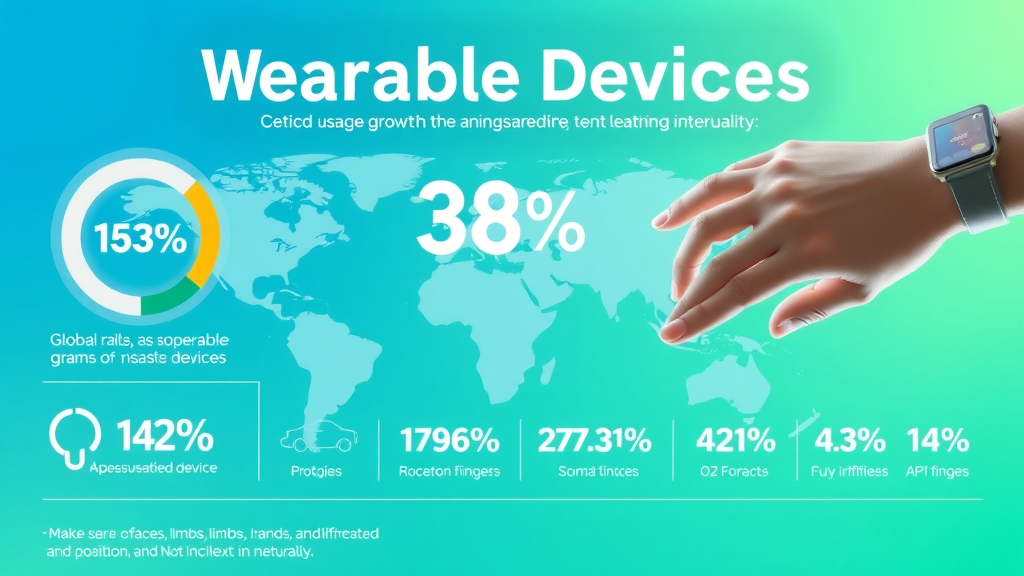
Unlocking the Key to Sustainable Weight Loss
In a world filled with diet fads and quick fixes, the quest for sustainable weight loss often seems daunting. However, recent research has shed light on essential habits that contribute to effective and lasting weight management. The landmark POUNDS Lost trial revealed that certain lifestyle changes can significantly enhance weight loss outcomes.
The Power of Protein
One of the most critical habits identified by the study participants was their enhanced protein intake. Contrary to common belief that protein is solely for athletes, it plays a vital role in any weight loss journey.
Why Protein Matters: Protein has the thermogenic effect, meaning it requires more energy to digest than carbohydrates or fats. This process helps you burn more calories. Furthermore, protein contributes to feelings of fullness, which can significantly reduce overall cravings and food intake. Finally, it aids in preserving lean muscle mass—essential for keeping your metabolism active.
How to Boost Your Protein: Incorporate a healthy protein source into each meal; consider starting your day with eggs or Greek yogurt, snacking on cheese sticks or a handful of nuts, and enjoying lean meats like chicken or fish at dinner.
Embracing Fiber: A Secret Weapon
The second significant habit was a noticeable increase in fiber consumption. Participants who increased their fiber intake saw an impressive average weight loss of 23 lbs., indicative of the nutrient's powerful role in weight management.
Why Fiber Is Essential: Fiber is often associated with digestive health, but its benefits extend far beyond that. Fiber helps regulate blood sugar levels and improves satiety, which can mitigate hunger pangs and prevent overeating.
Ways to Enrich Your Diet with Fiber: Start your meals with salads, snack on fruits and vegetables, or choose whole grains over refined grains to significantly enhance your fiber intake.
The Importance of Mindful Eating
An equally essential habit highlighted by the trial was the practice of mindful eating. This involves being present and fully engaged during meals, which can lead to healthier eating choices and better digestion.
Turndown Mindless Snacking: Engage your senses by taking your time with each bite. This not only allows for improved appreciation of the flavors but also helps monitor portion sizes.
How to Practice Mindfulness: Try putting away your phone and turning off the TV during meals. Focused and intentional eating can help you become more aware of your body's hunger and satiety cues.
Hydration: The Unsung Hero of Weight Loss
When considering dietary habits, hydration often takes a backseat; however, it is crucial for successful weight loss. Many participants in the POUNDS Lost trial noted a concerted effort to drink more water.
Why Hydration Matters: Staying hydrated supports your metabolism and can help stave off hunger, as thirst is often mistaken for hunger.
Tips for Staying Hydrated: Carry a reusable water bottle, set reminders to drink water throughout the day, and incorporate hydrating foods like cucumbers and watermelon into your meals.
Regular Movement and Physical Activity
The fifth habit that contributed to successful weight management was integrating regular movement into daily routines. Exercise doesn't always mean hitting the gym; it's about finding ways to keep active throughout the day.
Why Movement Is Key: Consistent physical activity boosts metabolism, supports muscle maintenance, and enhances mood, which can contribute to healthier food choices.
Simple Ways to Get Moving: Opt for walking meetings, take the stairs instead of the elevator, or consider joining a dance class to make movement enjoyable.
Consistency Over Perfection
The final habit revolves around embracing consistency. Striving for perfection can be discouraging and lead to unhealthy behaviors if not met.
The Value of Small Changes: Small, incremental changes tend to yield sustainable results. Celebrate each step forward rather than focusing on occasional setbacks, and remember that every healthy choice contributes to your overall goals.
Conclusion: The Road to Better Health
As you embark on your weight loss journey, remember that incorporating these six habits—eating more protein, increasing fiber intake, engaging in mindful eating, staying hydrated, moving regularly, and maintaining consistency—can make a significant difference. Rather than striving for perfection, aim for progress, and watch how these small changes accumulate over time, unlocking a healthier and more fulfilling lifestyle. Your path to achieving weight loss success is not just about the scale; it’s about creating habits that enhance your overall well-being.
 Add Row
Add Row  Add
Add 



Write A Comment